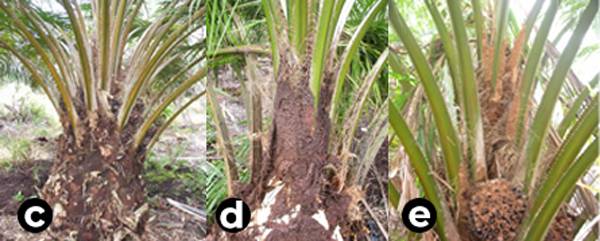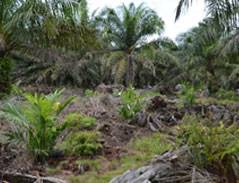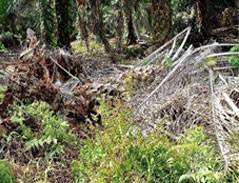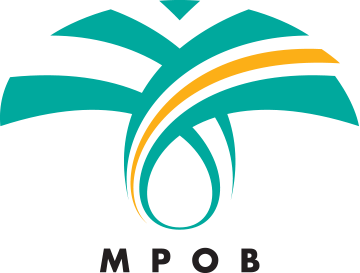Ecology
Termites are social insect that live in small to large colonies, a colony in some species containing almost a million or more individuals. These insects are well known as a vital component in the breakdown of the dead timber and vegetation. The recent information and identification of termite species in Malaysia were referred to Tho (Peninsular Malaysia) and Thapa (Sabah). About 175 species of termite was recorded from 43 genera from three families, Kalotermitidae, Rhinotermitide and Termitidae, in peninsular Malaysia. In Sabah, 103 species and subspecies were recorded, with 38 of them are from the same three families. There are about 22 species of Coptotermes genus recorded from Indo-Malayan region, six have been reported from peninsular Malaysia and four from Sabah. There are about 22 species of Coptotermes genus recorded from Indo-Malayan region, six have been reported from peninsular Malaysia and four from Sabah. The six species are Coptotermes curvignathus, C. sepangensis, C. kalshoveni, C. travians. C. gestroi, C. havialandi and C. robustus. Coptotermes curvignathus is the species which attack oil palm and with its mostly nesting on main trunk or branches.
Causal
The high population of C. curvignathus was found in the original peat swamp habitat, mainly contributing to the severity and high incidence of termite attacked on oil palm grown on peat soils.
Symptoms
The presence of termite usually found in the area where the land clearing is not properly executed, and the logs stump is openly leave in the field. These unattended logs stump serve as a source of food for the termite and the nesting site to them. Termite can attack all ages of the oil palm tree. The attack can be found as early as 6 months after planting. The presence of mud trail on palm trunk and petiole is one of the obvious indicators to the tree infested by termite. Common foliar symptom will be detected when leaves on the lower fronds yellowing and dying. The incident occurred when the soil was drying up and their food source, especially the logs that were buried in the soil rotten up.



Control
Biological control
The use of pathogens as biological control agents has long been considered a promising technology for termite control. In a preliminary field test, the fungus M.anisopliae (1983) was utilised to control Nasutitermes exitiosus. Similarly, the use of fungus M. anisopliae and Paecilomyces farinosus resulted in 100% mortality to termite workers in laboratory study. These microbes also can be used as biopesticides with direct spray to the infested palm or soil injection to the surrounding the palm base to protect the immature and mature palm from termite infestation.
Chemical control
Insecticides such as Fipronil has been reported effective in control the population of the colony through spraying and drenching. Application of Fipronil (5 ml/5 litres) on the infested palm with the palm guard spray protect the palm and the surrounding palm up to sixth moth after spraying. Treatment should be conducted during good weather when the mud-work is still wet. Avoid the drought season because most of the pest termites go deep inside the soil. Soil drenching might not reach the targeted area. Another method which can be used in controlling the population is through baiting. This baiting can be done by using commercial baiting product such as Copton (a.i Hexflumuron). Application may vary with the infestation and colony size. Recommended sachet is (1 sachet/palm) which place onto the mud-work of the infested palms and replace if the product is fully consumed. It is suggested to stop baiting when there is no sign of feeding activity by the termites. Bigger colony could consume until as many three sachets. The baited is less harmful to the environment and the termite will consumed the product as it contains cellulose which one of the important food sources of the termite.
